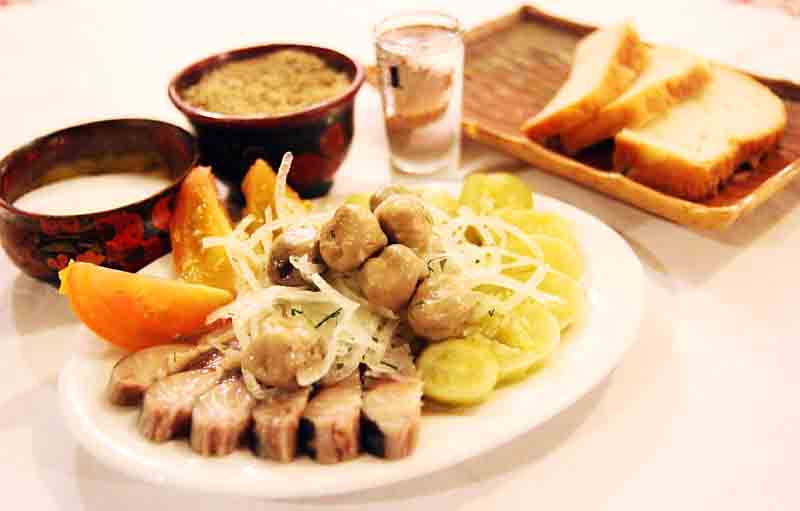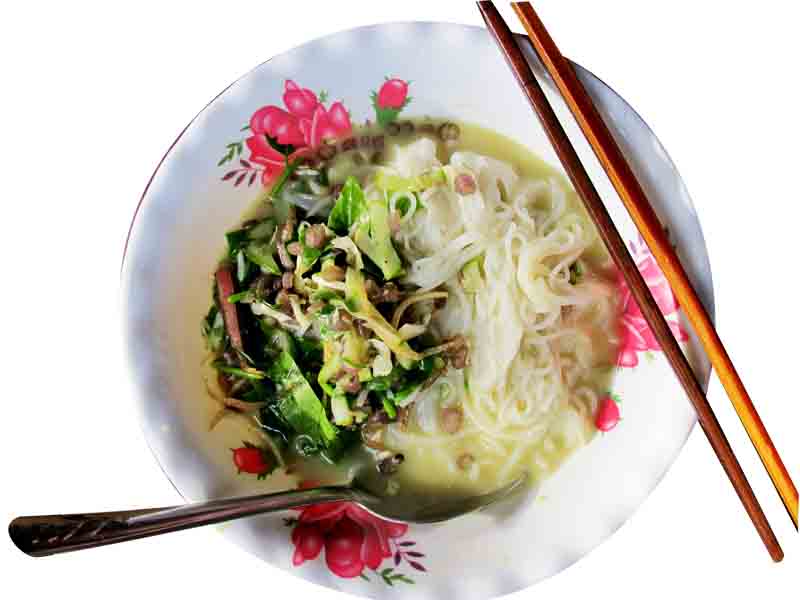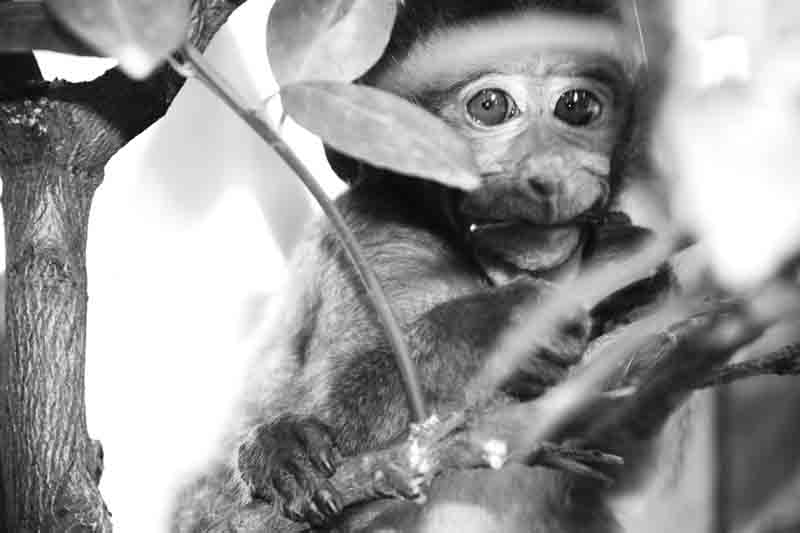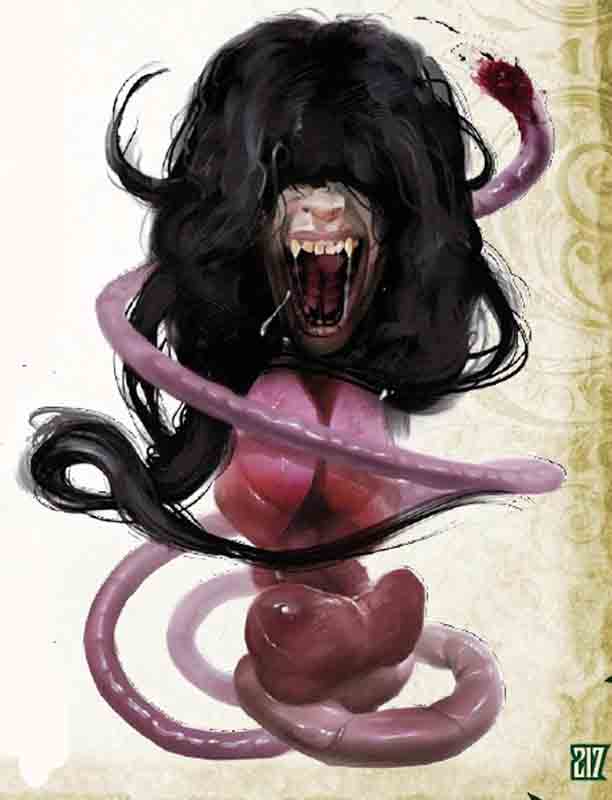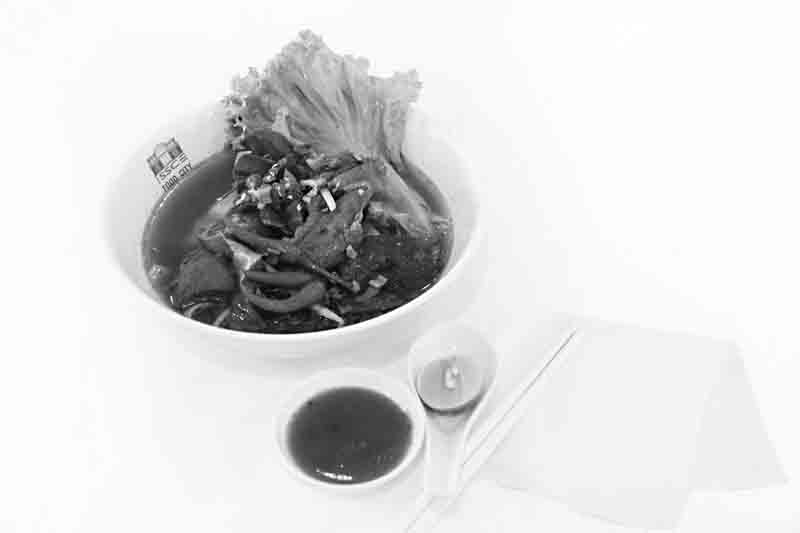Amanda Bloom fuses the beauty of musical antiquity with the raw power of modern rock
Sir Isaac Asimov, Albert Einstein and Voltaire rank among history’s most notable freethinkers – progressive, intelligent souls who believe opinions should be formed not on the basis of tradition or dogma, but logic and reason. Among the most venerated wisdom that has poured forth from such lips over the centuries are the words of someone who is neither science fiction author, nor Enlightenment philosopher, nor theoretical physicist.
You could be forgiven for thinking otherwise. Amanda Bloom – a willowy, porcelain-skinned wisp with a penchant for vintage clothing – is an elegant, Australian singer and composer who began studying piano at the age of three, wrote her first sonata aged six, and debuted at the Sydney Opera House at just 17. On her first album, The History of Things to Come, a song by the name of Rosetta – so called in honour of the Rosetta Stone, which famously unlocked the secrets of Ancient Egypt – contains the line: ‘An idea does not gain truth as it gains followers.’ When the album was released in 2010, the lyrics were immediately seized upon by freethinkers the world over. They’ve since been immortalised on everything from websites and radio shows to t-shirts and at least one tattoo.
These ten words lie at the core of what Bloom, deeply touched by baroque and world music, describes on the album liner notes as “An epic and astounding fusion of fantasy, circus, classical, and piano-driven alternative rock.” Strings, oboes, harpsichords, cellos and timpanis layer in orchestral splendour amid off-beat rhythms, stunning harmonies, and still more stirring words. “Imagine an 18th century tea party with Tori Amos, Cirque du Soleil, Yann Tiersen and Muse” is how she defines her own otherwise almost indefinable style.
The Advisor caught Bloom – whose first mission in Cambodia was to write a female empowerment anthem for German development agency GIZ, and who’s now recording her second album at former head of Sony International Chris Craker’s Karma Sound Studios – to talk Greek gods, rationalism, and facing the void.
How does it feel to see your own lyrics become a cult t-shirt?
The song Magdalene started becoming very popular online throughout these atheistic, freethinking communities across the States – people who were very anti-Bush. This was 2007. Online, I became known as this pin-up hero for rationalism. ‘Oh, she’s the ultimate blah, blah, blah.’ A line from Rosetta – ‘An idea does not gain truth as it gains followers’ – started spreading around the net as one of the best freethinking quotes of all time. Suddenly I’m, like, up there with Einstein. It was so cool. I’d always said the best thing would be to be quoted, so this was one of my great dreams. All these companies were making t-shirts of it. Meanwhile, in reality, I’m just shopping on eBay, getting pissed, really unhappy. Of course, online means nothing.
That first album was a tough one.
I became obsessed. I had this sound in my head: it was music I wanted to hear but couldn’t find anywhere, so I thought: ‘Why not write it?’ I became fascinated by the idea of locking myself away from the world, just to see what there is when I try to strip everything away – just being in a bare room with my piano; trying to get back to the bare bones of music composition. I was writing for other pop groups when I was 20, 21 and at the time I thought ‘I’m not pretty enough to be the artist myself.’ I was massively introspective and obsessed with thinking. You know when you’re young, you’re so affected by things and I was so angered by a lot of other girls in my age group; they seemed so vacuous. I kept a diary and was reading a lot of philosophy; studying this, studying that. I thought: ‘Why is the music that’s out there so empty?’ I don’t know why I sound so serious, because I’m not that serious any more. That’s the funny thing: in my youth, the youth of others just annoyed me. Especially being a young girl in the music industry, there was this push towards pop and singing about crap; nothing. Rosetta is a song that was inspired by the Rosetta Stone. It’s a metaphor for truth and was based on the idea of what the world would be like if we could only tell the truth, especially the media. Then Magdalene is a song about religious hypocrisy and extremism in all different forms. That album, the ideas were very ambitious and huge. At the time, that’s where my mindset was at.
I love this album, but I’m so happy it’s in my past because it was the result of so many – I don’t know if you should be writing this; I’m not sure I want anyone to know this stuff, it’s very intimate. It’s kind of the Oscar Wilde Picture of Dorian Gray thing: creating something of incredible beauty, but then the reality is actually crumbling. By the time I’d finished it, I was broken inside because I’d given my everything to that album. Years and years of this idea of perfection and the idea of this music, and then I’d lost everything; fallen away from my friends, my family, my relationship at the time. I’d sacrificed so much for my music. By the time I’d finished, I realised that’s not the right way to be living – it’s not healthy. I’d rather be a good person than a great artist. I needed to get that balance again.
Then I went to the Middle East and finished some vocals there. That was at a time I realised I was living for my art, not living for myself, but I’ve always believed great art is the result of great living: you should never give up living well. It’s like Salvador Dali: he was brilliant, obviously, but you read his personal diaries and he’s such a narcissist; so self-obsessed. You think: ‘Fuck your art. I don’t care about your art any more. You’ve ruined it.’
Never read anything about your favourite artists. You’ll never think of them the same way again.
[Laughs] On that note, I’ll leave you. So, you love my album, hey? Awesome! See you later – I’m outta here… No? OK. Coming here was like a complete rebirth. It’s been this incredible blank canvas on which I can start painting my second album. The people here are incredible; so inspiring. They’ve all got such an incredible story; they have so much courage and they’re so brave. And I’ve had such great opportunities here. In Australia, there was talk of distributing the first album and playing live, but I really just wrote this album for myself, as a personal challenge.
The title track, The History of Things to Come, is about the fact that we all have responsibility for the things to come; this is history that we’re making now on a personal level. It’s a journey that comes from the idea that to become a full person, we must first break in half and then decide which halves you want to put together. You must break into a thousand pieces and then put those pieces back together yourself, from a position of knowledge and confidence in your own identity. What you’re born into – the school you go to, the people you know – a lot of that is chosen for you. It’s important as an adult to completely break apart and then put yourself back together again; to question everything and get back to absolutely nothing at all, and then to face that void, because we all fear the void so much and worry that we won’t be able to handle having nothing, or being nothing for a while. But that’s a beautiful place to be: nothing. From that, you can hand select what you want of yourself. So that song was about breaking apart and then rebuilding yourself. The irony is that through writing it, I did it – I completely broke apart. That song almost destroyed me and it became a meta-documentation of the journey it took to complete it. It was very intense. The song took three years to write. I programmed every note on the piano and developed RSI in my right hand.
Has recording the second album been a more positive experience?
So positive, I can’t even begin to convey to you. All these songs, I wrote them with no judgement of myself. I just let them exist, let them breathe. I wasn’t trying to make them the best thing ever; I was just trying to be honest, which was so freeing because if you’re honest, there’s no right or wrong. As an artist, you always feel that your first instinct isn’t good enough; surely, you can keep perfecting it. But then it becomes inauthentic. What’s beautiful is the spontaneity of art: it’s more of an accurate insight into you. Also, this time, it would be nice for it to be successful, but I know now what the first album did to me psychologically. You know what? I just want to enjoy the process and do it for the sake of the music. I hope that comes across in how it sounds.
Tell us about the essence of this new album.
The working title is Atlas, after the god who was expelled from Greece and, the story has it, carried the weight of the world on his shoulders. But while that was incredibly painful and he suffered for it, he was also able to have an insight into the natural laws and truths of the universe, and he was able to learn about the world that way.
The songs were written in different parts of the world: there’s a song I wrote in Paris, called Marionette, about a wooden doll controlled by everyone else. There’s a song called Pictures of Indochine, which I wrote about moving from Sydney to Cambodia. Whenever I live in a developing country, it’s like I absorb the general attitude of the nation. I feel as though I’m developing as well. There’s a song called Eyes of Galena, which is about India: rebirth, starting again, having the power at any time of your life to wipe clean your own past and give yourself permission to start again. Give yourself permission to reform your own idea of yourself, and not believe in your past insecurities.
And Schumann Etudes, which is a nine-minute journey a friend described as ‘very Tim Burton’, I was even working on that on my laptop while we were in the car on our way to the studio. It’s a song about being creatively blocked, and meeting someone – this incredible gay guy Ezra Axelrod, a performer, in London – it’s about the walks we used to take together and him hearing me play a Schumann etude, which completely opened me up again. He used to say to me: ‘Just tell the truth. Just write songs as if you’re telling a friend a story.’ And so I did: I wrote the song in that style, so it’s quite a meta-song. There are more world aspects to this album, but it’ll be a lot less layered: a bit more naked, raw. The song from India will have the sitar on it; in Pictures of Indochine, I really want to use the Khmer xylophone, and Marionette has accordion.
Has being in Cambodia changed you?
I came here without the intention of writing music. I’ve always known deep down that the best things in life happen without you trying to make them happen: best moments, best friendships, best everything. Always. Don’t chase shadows. I came here and started teaching at a kindergarten, and I think it was being around kids and getting back to basics – in Sydney I was quite down – I’ve got back to living in the moment and really loving every second of the day. It was here that I realised the last album was written in the hope it would fulfil me, whereas this next album is a result of being fulfilled. I’ve already arrived and the songs are catching up with me. I’ve taken the pressure off. With the first, I was so hard on myself; it was an experiment in my own potential. Now I’m looking up and looking ahead and it’s working. It’s back to this philosophy of choosing what you want in your life, in a way. I don’t know. Now I’m drunk. Turn that thing off!
Already? Cheap date.
I know. I’m such a lightweight. Let’s talk about vintage clothes…
If you insist. Where did the love of vintage come from?
Vintage is my procrastination. The irony is that now I’m selling vintage clothes professionally, I procrastinate by doing my music. ‘Maybe I’ll just write a new song instead of tagging these items.’ I’ve even tried to trick myself and it does work! But you know what’s good now? I wear the vintage while playing the gig, so it’s perfect. It’s the same obsession with music: timelessness. It’s an obsession with classical music, with renaissance, with baroque. It’s this looking back to look forward thing. But also, so much of the newly designed stuff out there is junk. The clothes don’t work with the body, they work against it. Vintage is so romantic – and it’s often a lot cheaper.
So, if you had a time machine…
[Laughs] I’d go back to before this wine and I wouldn’t order it!
WHO: Amanda Bloom
WHAT: An epic and astounding fusion of fantasy, circus, classical, and piano-driven alternative rock
WHERE: Meta House, #37 Sothearos Blvd.
WHEN: 8pm October 11
WHY: See WHAT
